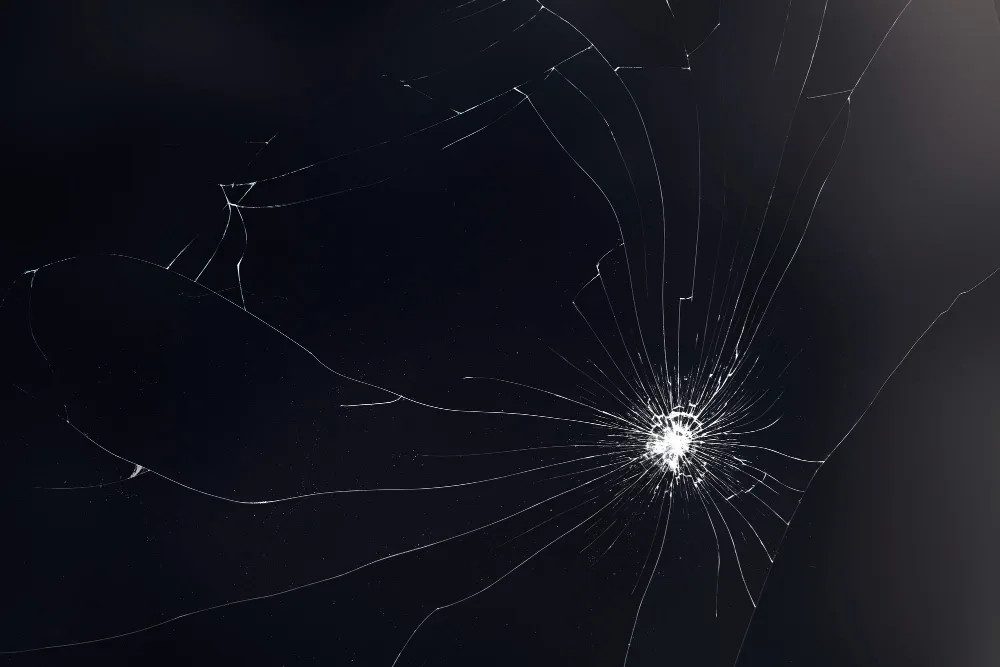Introduction
Alon, which stands for Aluminium Oxynitride and also known as Transparent Ceramic or transparent aluminum , has become recognized as a revolutionary and adaptable ceramic substance in the field of advanced materials. Because of its distinctive combination of qualities, it is in high demand in a number of sectors, including optics, aerospace, and defense. We will thoroughly examine Alon’s universe in this investigation, learning about its unique characteristics, diverse applications, and bright future.
Table of Contents
The Understanding of Alon
Transparent Ceramic, often referred to as transparent aluminum, is a ceramic composite formed from the combination of aluminum, oxygen, and nitrogen atoms. Its chemical formula Al2O27N5.
Alon’s Composition
The fundamental constituents of Alon include:
- Aluminum (Al)
- Oxygen (O)
- Nitrogen (N)
These components combine to create a crystal lattice structure, which underlies Transparent Ceramic remarkable properties.
The Remarkable Properties of Transparent Ceramic
Transparent Ceramic is unique among ceramics because of a variety of exceptional qualities it have.
1. Optical Transparency
One of Transparent Ceramic’s most unique features is its transparency to both visible and infrared light. This property opens the door for many optical applications, including advanced windows, lenses, and sensors.
2. Exceptional Hardness
Transparent Ceramic has a remarkable high hardness rating on the Mohs scale, making it comparable to materials like sapphire. Due to its exceptional hardness and high resistance to scratching, it is perfect for applications in protective armor.
3. High Thermal Conductivity
Transparent Ceramic has excellent thermal conductivity, which makes it capable of effectively releasing heat. Due to this characteristic, it is essential in applications involving high temperatures.
4. Impressive Mechanical Strength
Transparent Ceramic has a remarkable tensile strength and can withstand high mechanical stress. This strength is important in sectors where dependability and durability are absolute requirements.
Applications of Transparent Ceramic in Various Fields
The exceptional properties of Transparent Ceramic have led to its wide adoption in various advance applications.
1. Ballistic Armor
Transparent Ceramic is a preferred material for creating advanced ballistic armor because of its extraordinary hardness and strength. It improves the safety of military and security personnel by offering unmatched protection against bullets, shrapnel, and other projectiles.

2. Transparent Armor
Its optical transparency makes Transparent Ceramic an ideal material for producing transparent armor used in military vehicles, aircraft, and security installations. This innovation ensures both protection and visibility.
3. Optical Systems
Transparent Ceramic’s optical clarity finds applications in high-performance optical systems. These include infrared cameras, sensors, and laser technology, where the material’s transparency to different wavelengths of light is a game changer.
4. High-Temperature Environments
Transparent Ceramic’s high thermal conductivity ensures peak performance in sectors like aerospace and defense where extreme temperatures are typical. This quality makes it a dependable option for components exposed to extreme heat.
5. Electronics
Alon’s high thermal conductivity makes it invaluable in electronic devices, where heat management is critical. It can enhance the performance and lifespan of electronic components.
Comparison with Other Ceramics
To truly appreciate the significance of Transparent Ceramic (aluminium oxynitrates), it’s essential to compare them to other ceramics commonly used in various applications.
Alon vs. Sapphire
While both Transparent Ceramic and sapphire are transparent materials, they differ significantly in terms of hardness and thermal conductivity. Transparent Ceramic surpasses sapphire in both these aspects, making it a superior choice for applications requiring durability and heat resistance.
Alon vs. Silicon Carbide
Silicon carbide is another advanced ceramic known for its hardness and high-temperature resistance. However, Transparent Ceramic offers better transparency and chemical resistance, making it more versatile in certain applications.
Alon vs. Alumina
Alumina ceramics are widely used for their electrical insulating properties and high-temperature tolerance. Transparent Ceramic, on the other hand, offers superior hardness and transparency, making it preferable for applications where these properties are important.
Pioneering the Future with Transparent ceramic
Transparent Ceramic’s potential is not yet fully realized regardless of the fact that materials science research and development are progressing. Engineers and scientists are working nonstop to find new ways to use its special qualities, and the results are innovations that may completely change a number of different industries.
Conclusion
Transparent Ceramic, a transparent ceramic material, represents a development in the field of high-tech materials. Its exceptional combination of mechanical strength, thermal conductivity, transparency, and hardness has created an endless number of new opportunities in a variety of industries. It is a game-changer in everything from protecting military personnel to enabling cutting-edge optical systems.
FAQs
- Is Transparent Ceramic more durable than traditional glass?
- Yes, Transparent Ceramic’s exceptional hardness and strength make it significantly more durable than conventional glass.
- What are some potential medical applications of Transparent Ceramic?
- Transparent Ceramic’s transparency makes it suitable for medical imaging devices like X-ray and MRI machines.
- Can Alon be used in consumer electronics?
- While it’s theoretically possible, Transparent Ceramic’s current cost and manufacturing complexity limit its use in consumer electronics.

